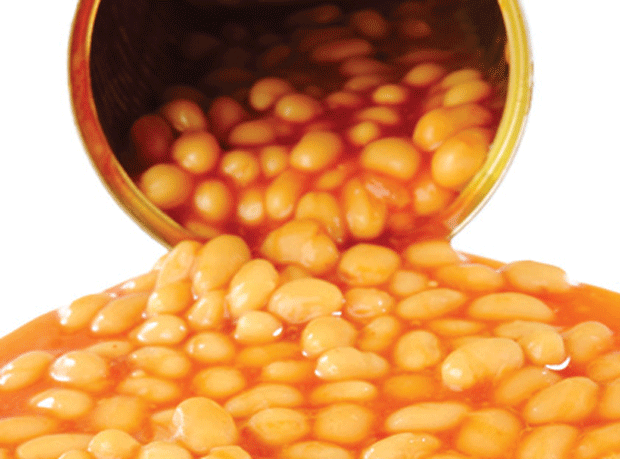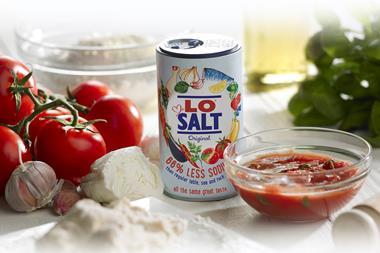
As a chef, I have a very happy relationship with salt. I use it to enhance flavours – but I also understand which of my ingredients have natural salt flavours such as cheese, olives or stock to ensure I don’t overdo it on the saltiness.
All around me, however, attitudes to salt are changing. When I have the pleasure of cooking at family and friends’ houses these days and ask where they keep the salt, they often look at me with shock and horror. “Surely you don’t need to add more salt?”
Many people have an almost irrational fear of salt these days, which is a real shame as salt is a vital ingredient in many forms of cooking. Take baking bread, for example. Salt is critical for a good rise and dreamy crust.
But with more research coming out connecting high sodium intake with health problems, it’s no wonder government targets on salt reduction are becoming ever more aggressive. This has created a real conundrum for food manufacturers. I know from first-hand experience how much harder it is to create delicious convenient food if you have to cut salt.
However, in the restaurant world, chefs are finding new and innovative ways to achieve a saltiness without using salt. Here are three methods that have caught my eye.
Sea water
Yes, it still contains salt, of course, but it’s saltiness with a twist. Pizza restaurants like O Ver in London are using natural sea water to get that salty hit while keeping overall salt levels lower than with traditional salt. It’s a great way to create saltiness while keeping it simple and natural. Sea water as an ingredient lends itself to bread, pizza and even the base of a meat brine. This would replace any water and salt in a recipe.
Dried Yeast Flakes
Street food vendors in particular are increasingly using yeast to enhance flavour and reduce salt. Yeast is already a staple in vegan diets, where it is used to mimic that strong cheesy flavour that can make or break a classic mac and cheese. With salt reduction high on the agenda, we might start seeing yeast pop up in non-vegan products too. This could be a great way to reduce salt in ready meals, soups or pasta sauces. To get the best out of this format of yeast, it needs to be heated, so it would suit these category’s particularly well. The only hesitation I feel people will have using this as a salt reducing product is that nothing is quite as delicious as the real thing. I believe yeast flakes could work in addition to salt but not as a 100% replacement without compromise.
Fermentation
This is not a new trend, but using fermentation to create layers of flavour is something we are yet to see in many retailers. Fermentation has risen in popularity over the last few years, from the street food venders pushing the boundaries to restaurants such as London’s Portland refining fermentation within fine dining. Fermentation will nearly always include salt in a recipe, but it’s a great way to reduce the amount needed. Fermentation intensifies flavour meaning we can use less but get more flavour out of an ingredient. Sauerkraut is a great example for this. One of my favourite fermentation products is miso: it’s a great way to add that salty flavour to sauces, mashed potato and even polenta. Not to mention it’s great to get that sweet and savoury profile! I use white miso in salted caramel instead of salt to create a rich savoury sweet caramel.
There is no getting around the tough salt targets development kitchens and restaurants now have to work towards, but these examples show there are new and creative ways to reduce salt without compromising on flavour.
Zoe Simons is product development chef at Greencore and a former contestant on Masterchef The Professionals



















No comments yet